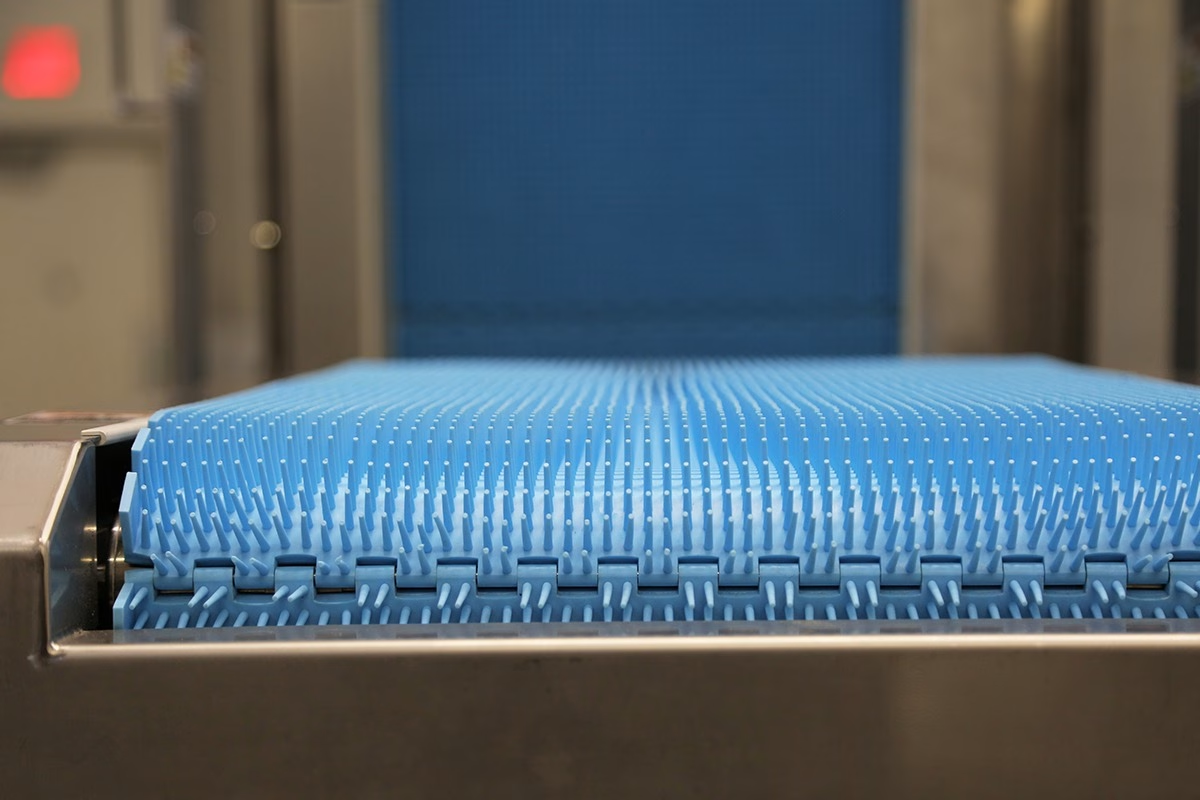Cannabis Trimming: The Final Result
Since the inception of legalized recreational cannabis in 2012, independent companies have been tasked with scaling manufacturing processes and following state regulations. Most of the founders were horticulturists at heart and grew cannabis in their house, in a barn, or on an outdoor land plot. When they transitioned to legalized sanctioned facilities, the initial challenge was the transformation of “growing weed” to manufacturing cannabis at scale.
The focus for years was, and still is, to grow the most possible cannabis in a space to achieve the greatest yield of flower. While this strategy gains the maximum amount of profit for the facility, there are key manufacturing steps to consider to maintain the most profitable flower yield. The post-harvest process requires approaches that optimize the environment for proper cannabis drying, bucking, trimming, and quality control for final flower sale.
Given these needs, post harvesting is now more of a manufacturing challenge than a horticultural task. As such, cannabis cultivators began to engage manufacturing engineers to study their post-harvest processes, particularly the cannabis trimming process, as bud trimming has a direct correlation between grown flower yield and profit.
As these engineers studied the industry, they discovered two types of cannabis trimming processes.
Cannabis Trimming Process 1:
Hand Trimming. This is a tedious process where a laborer uses scissors to trim the sugar leaves off the flower. This process is the preferred method for cultivation facilities as it keeps the natural flower formations and provides on average of 80% yield of flower (this yield percentage differs strain to strain and depends on how the flower is bucked). The downside to hand trimming is that it takes 3-4 hours for one person to trim one pound of marijuana flower. When a cultivation facility scales past 100 pounds a month, it is difficult to manage the labor and the time it takes to get the product to market.
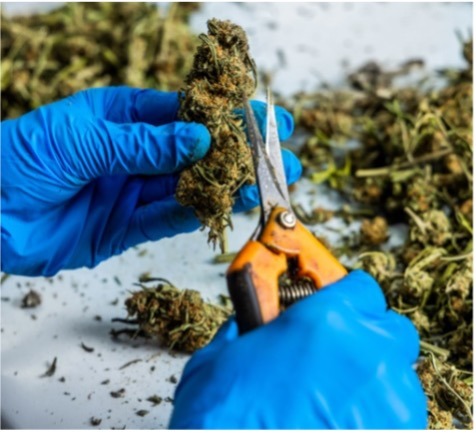
Cannabis Trimming Process 2:
Blade Tumble Trim. There are several companies in the cannabis industry that provide trimmers based on the same core technology. Blade tumble technology comes in many different configurations, but they all roll the bucked flower over a blade or sharp edge to shave the sugar leaves off the flower. Depending on the time the operator leaves the product in the drum, the yield is between 45% and 70%. The lower the yield percentage the less labor required for final quality control labor. The average final yield is around 65%, and it takes approximately 45 minutes to perform the final manicure cleanup of one pound of flower.
Between the two options on the market, hand trimming provides around 20% increase in yield. More flower product always increases the facility profit. However, once the facility outpaces the labor, the only option is to lose 20% of yield to a blade machine trimmer.
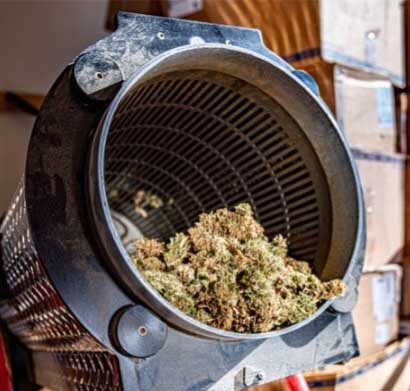
The Emergence of Softrim:
A third cannabis trimming option recently arose in the summer of 2024. Platform Robotics, a company located in Rochester Hills, Michigan, created an entirely new patent-pending cannabis trimming process called Softrim. Softrim is a de-leafing process consisting of thousands of silicon fingers specifically engineered for dried cannabis sugar leaves. The silicon fingers massage the dried cannabis leaves against the rigid flower bud and crack off the sugar leaves for a pristine final flower. Softrim’s critical advantage is that it can de-leaf one pound of bucked flower in 12-20 seconds, with yields very similar to hand trim (many say better than hand trim). Because the process is extremely gentle, yet fast, the trichomes remain intact and the flower aromas and terpenes are at their most natural state.
In state’s that have legalized cannabis for some time, the cultivation companies have outpaced consumer consumption to push the per-pound flower wholesale price down significantly. Therefore, small cultivators are being pushed out of the market due to the price per pound, as the cost to produce flower at the smaller facilities is nearly the cost of the market price. At the same time, the larger cultivators – producers of thousands of pounds per month – are searching for ways to further reduce their dollar-per-pound manufacturing cost or to find ways to increase profit without expanding canopy space.
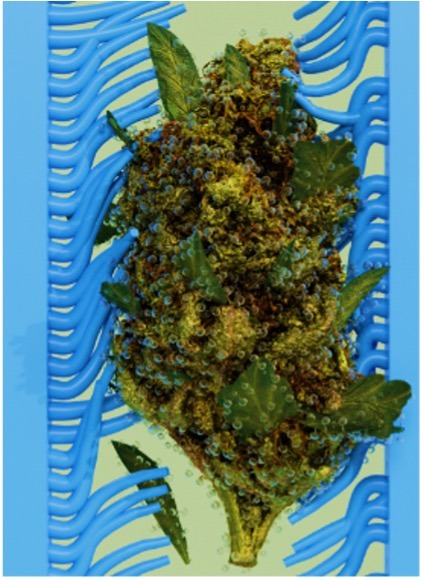
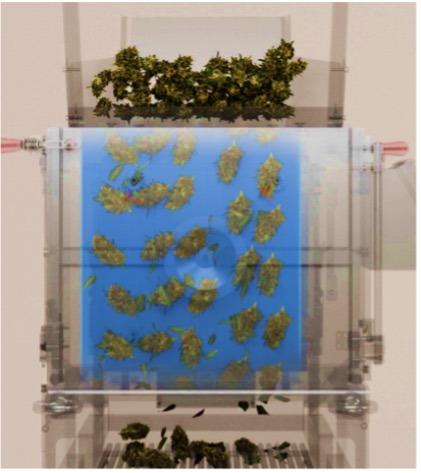
With this in mind, cannabis trimming by hand is a difficult practice, as one would need 3000 hours per month to trim 1000 pounds of bucked material. When we look at the two remaining cannabis trimming methods, Blade v. Softrim- we see that Softrim can create up to a 20% higher flower yield while requiring less labor for final quality control. If we consider 1000 pounds per month, or 12,000 pounds per year, the cultivation facility could retain an additional 20% of their flower (150 more pounds per month). That’s a difference of $120K/month or $1.4M more profit/year for the company when using the Softrim de-leafing process to its full potential.
Cannabis Trimming for the Future
While many states are new to the market and consumer demand still outpaces the cultivation canopy, the day will come when manufacturing surpasses consumer volume. When this takes place, the best manufacturing practices available in the cannabis industry will emerge, and those who have not adopted them will struggle to remain competitive or viable.
